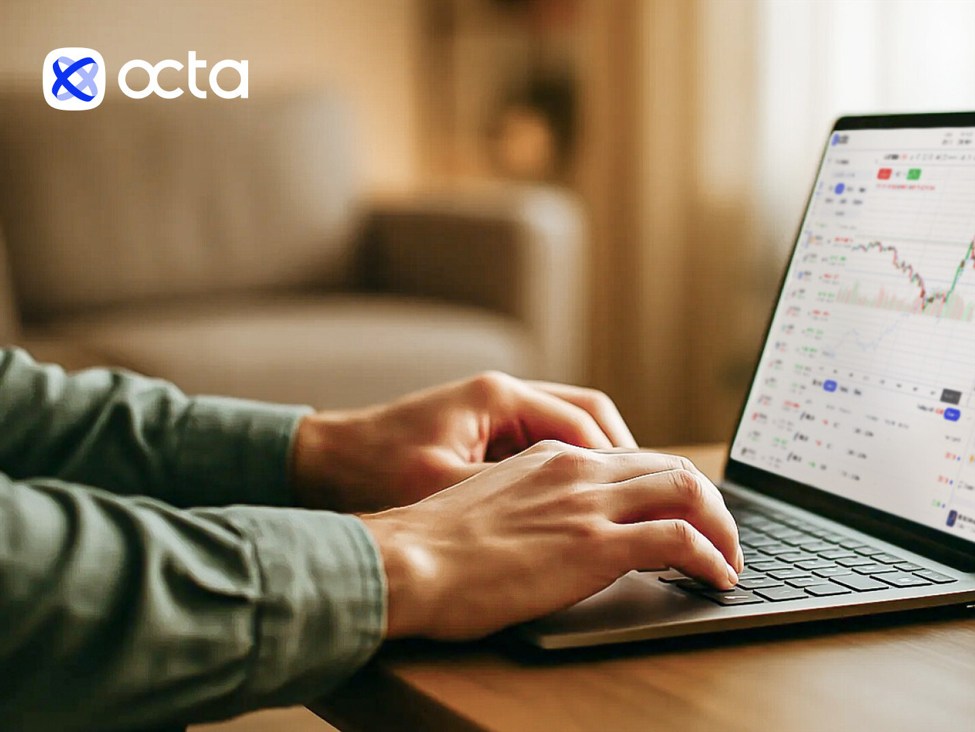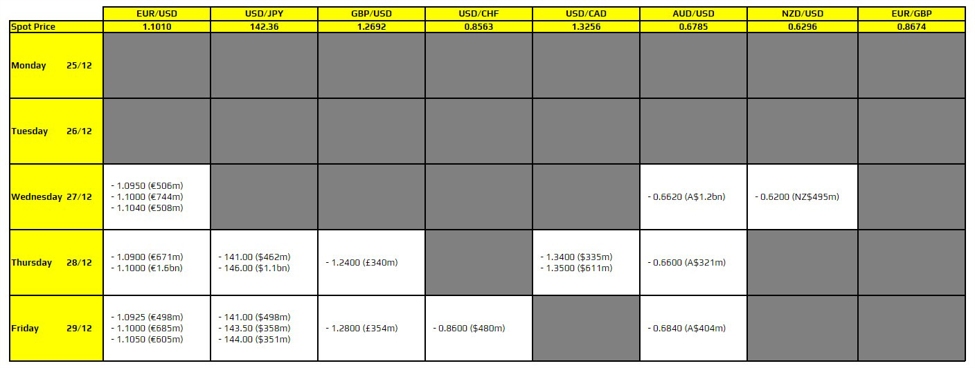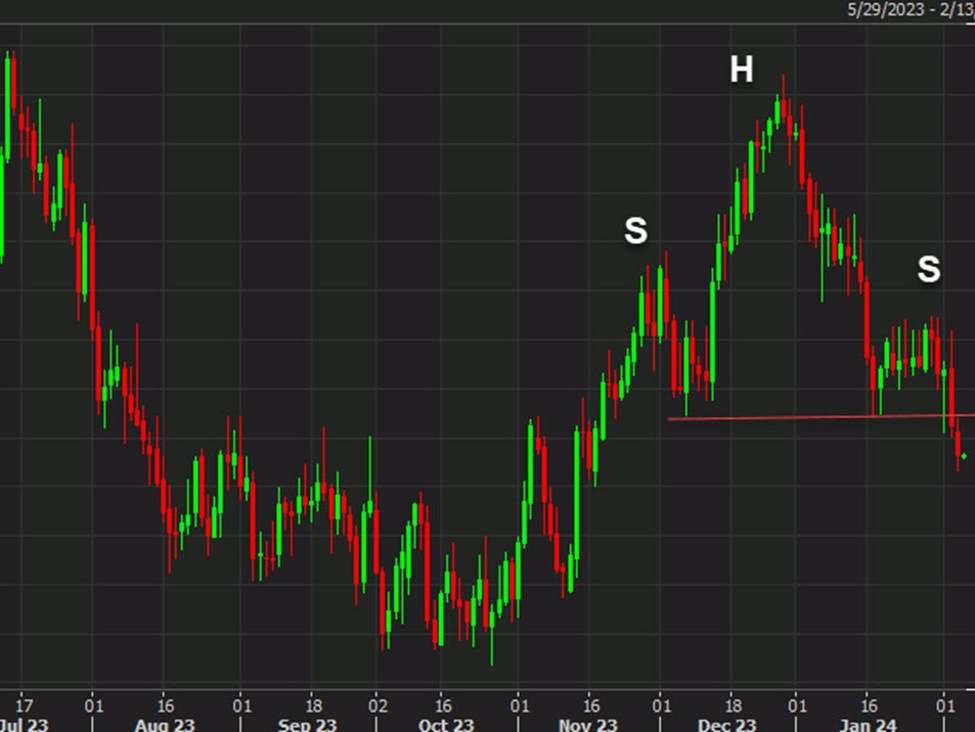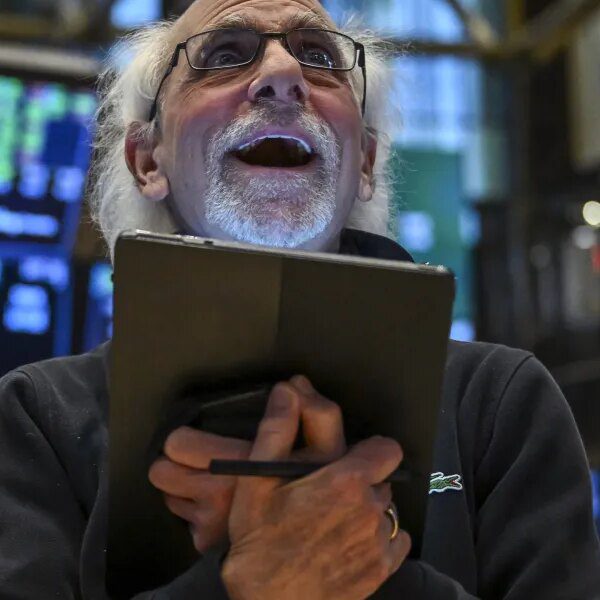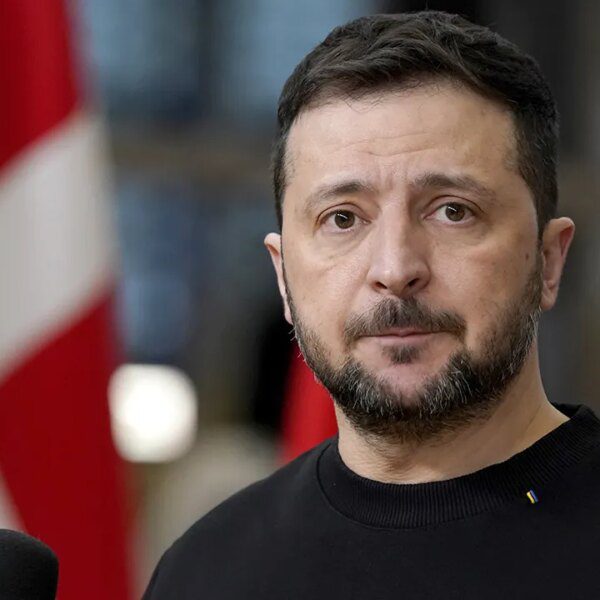Trading success often depends
on whether or not one can pinpoint
potentially profitable assets before sharp price movement. This is particularly evident in
crypto, where high volatility is the norm. Technical analysis—analysis is of historical price action and chart patterns—is one of the main methods to predict
price direction. Candlestick analysis, a part of technical
analysis, allows traders to visualise potential
price movements. Octa, a broker with
globally recognised licences, shares how candlestick analysis can be used to
identify specific patterns that might suggest future price changes.
Understanding
сandlestick сharts
Candlestick
charts help traders respond quickly to market shifts by providing clear visual
signals. Unlike line charts, candlesticks offer more details within a specific
time frame, which is essential in the fast-paced crypto market. Common bullish
patterns include:
●
Hammer. A
candle with a small body and long lower wick. It may signal a reversal to the
upside when it appears after a downtrend.
●
Bullish
Engulfing.
A two-candle pattern where the second bullish (green) candle fully engulfs the
first bearish (red) candle. It often indicates potential upward movement when
found at the bottom of a bearish trend.
●
Double
Bottom.
A formation with two similar lows, suggests a reversal and possible price
increase.
Bearish
patterns include:
●
Hanging
Man.
A small-bodied candle with a long lower wick, appearing at the top of an
uptrend, often suggests a downturn.
●
Bearish
Engulfing.
A two-candle pattern where the second bearish (red) candle completely engulfs
the first bullish (green) candle.
●
Double
Top.
A structure with two similar highs often warns of a reversal to the downside.
These
candlestick patterns allow traders to anticipate potential price reversal
points on time, develop a proactive strategy, and confirm their trading
decisions in a volatile crypto market.
Besides
bullish and bearish patterns, there are so-called neutral candlestick chart
patterns like doji. They often signify indecision in the market when the
relative strength of buyers and sellers is roughly balanced. Here are some
typical doji candlesticks:
●
Classic
Doji.
The opening and closing prices of the candle almost coincide. The candle
resembles a thin horizontal line with short shadows at the top and bottom. If
the closing price is higher than the opening one, a bullish doji may appear,
indicating a potential asset price increase.
●
Long-legged
Doji.
A pattern with long shadows up and (or) down. It signals major indecision, with
more potential for a bearish market.
●
Riksha
Doji. This
pattern has a similar shadow length, and the price is in the middle of the
trading range.
Key
elements of graphical analysis
To
forecast price direction and spot valuable trades, traders should also use
other tools of graphical analysis. Here are the main ones to consider when
analysing candlestick patterns.
Support and resistance
levels
●
Support: a level
where prices tend to stop falling and start rising due to increased buying
interest.
●
Resistance: a level
where prices often stall or reverse due to selling pressure.
These
levels are identified from historical highs and lows. The more times the price
reacts to a level, the stronger it becomes. Notably, a support level can become
resistance if the price drops below it, and vice versa.
Traders
often look to trade on bounces from these levels or breakouts beyond them. For
example, on a historical 4H BTC/USD chart, the price approached the $99,320
resistance level, formed a bullish doji mentioned above, and then decisively
broke upward.
Trend
●
Uptrend: drawn
through higher lows, indicating support in a rising market.
●
Downtrend: drawn
through lower highs, indicating resistance in a falling market.
Avoid
trading against the trend to reduce risk. A trend reversal can be a powerful
signal for identifying market turning points.
A
guide to reading candlestick chart patterns
Candlestick
charts offer valuable insight into market sentiment but correctly interpreting
them is essential. Here are several practical tips for traders:
Read
patterns in context. In uptrends, look for bearish reversal signals (e.g.
bearish engulfing). In downtrends, seek bullish signals (e.g. hammer, bullish
engulfing). In sideways markets, dojis and long-wick candles suggest
uncertainty—it’s often best to wait for a clear signal.
Focus
on key levels. Patterns forming near major support or resistance
levels (local highs/lows or historical pivots) are more likely to play out
successfully.
Analyse
candle size and shape. Large candles with solid bodies suggest strong
momentum. Small-bodied candles with long wicks (doji) indicate indecision and
uncertainty. Weakening impulse and smaller candles often precede reversal
patterns like hammers or engulfing formations.
Backtest with historical data.
Studying
historical price action helps reinforce your understanding of patterns. For
instance, the 1D BTC/USD chart shows that the trend turned upward after the
Bullish Engulfing pattern was formed at the support of $40,779. Then, the price
approached the resistance at $64,933 and after forming a Bearish Engulfing
candle stick pattern, the asset failed to continue the uptrend, and its price
sharply declined towards the $40,779 support and then down to $35,387.
‘Relying on single candlestick patterns
is risky, as they fail to showcase the full picture—yet when analysed in
context, they can pinpoint early signals of potentially promising assets.
‘Trading decisions should always be confirmed with additional technical
indicators. Combining candlestick analysis with technical tools can increase
the accuracy of your forecasts’ — says Kar Yong Ang, financial market
analyst at Octa broker
Conclusion
Graphical
analysis helps traders identify promising assets by interpreting visual price
patterns. However, no approach guarantees accuracy. To minimise risk, use a
holistic strategy: study candlestick formations alongside key levels and
trends, combine them with indicators and volume data and always consider the
fundamental context. Macro events, trading volume, liquidity, market
sentiment—all of these factors shape the price trajectory of a cryptocurrency.
The more data you evaluate, the higher the chances of making a well-informed
decision and avoiding costly mistakes.
Disclaimer:
CFD trading involves risk. This content is for educational purposes only and
not investment advice. Past performance does not guarantee future results.
Trade responsibly.
Octa
is an international broker that has been providing online trading services
worldwide since 2011. It offers commission-free access to financial markets and
various services used by clients from 180 countries who have opened more than
52 million trading accounts. To help its clients reach their investment goals,
Octa offers free educational webinars, articles, and analytical tools.
The company is involved in a
comprehensive network of charitable and humanitarian initiatives, including the
improvement of educational infrastructure and short-notice relief projects
supporting local communities.
Since its foundation, Octa has won
more than 100 awards, including the ‘Most Reliable Broker Global 2024’ award
from Global Forex Awards and the ‘Best Mobile Trading Platform 2024’ award from
Global Brand Magazine.

